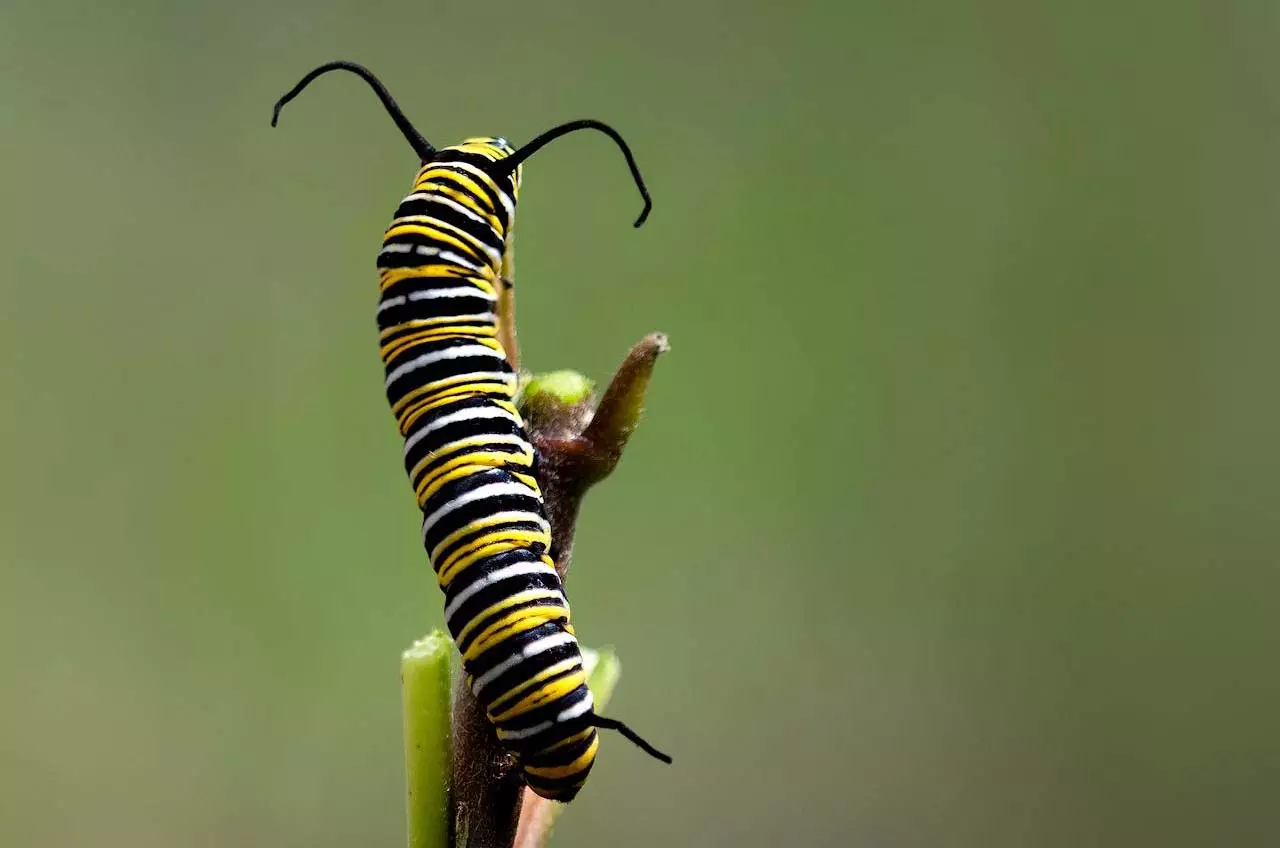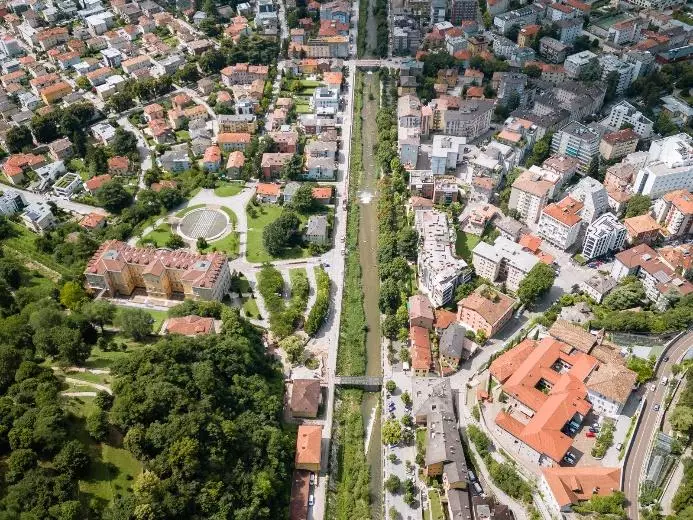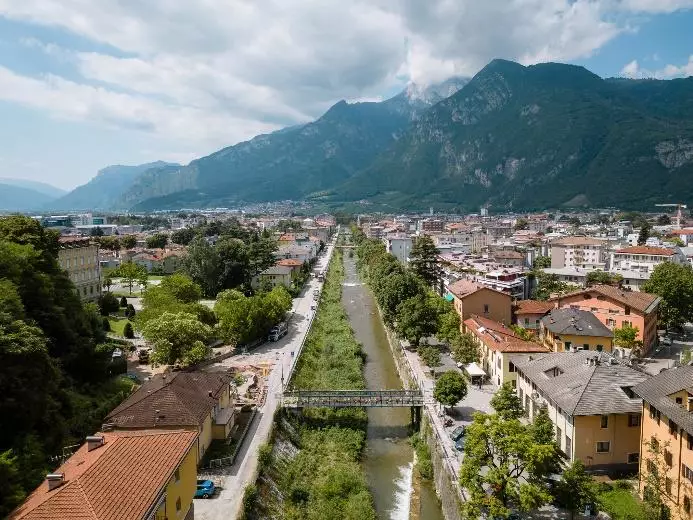A looming threat overshadows the extraordinary variety of life forms known as biodiversity – plants, animals and microorganisms that contribute to the delicate equilibrium of our planet. But as a result of human activities thousands of species have vanished in recent times: certain breeds of elks, leopards, sea lions, eagles and owls, just as a telling example, have been wiped off the face of the planet permanently. And yet, in some unexpected pockets of our urban landscape, Nature seems to be coming back with a vengeance.
Londoners, for instance, are well-acquainted with the presence of foxes on their streets. Similarly, in Paris, a family of foxes has been spotted living in the famous Père-Lachaise Cemetery, where luminaries such as Oscar Wilde, Marcel Proust, or Maria Callas are buried. A new ecosystem has developed, and plants, such as orchids, and birds such as robins have also made their comeback, partly facilitated by a visionary initiative undertaken over a decade ago by the cemetery’s management, which decided to ban pesticides. The plan is part of a wider project to make the urban landscape more resilient to the challenges posed by global warming. Today, a new, unexpected view is offered to visitors, with vines and weeds covering tombstones and overtaking the once orderly alleys, a transformation unavoidably accelerated by the coronavirus crisis.
 Image Credits: William Warby on Pexels
Image Credits: William Warby on PexelsNowadays, there is a pressing need to safeguard biodiversity in urban settings. Around the world, increasingly more projects go beyond mere conscious easing – they actually put biodiversity at the very heart of urban planning.
In the European Union, where the systematic decline of biodiversity has been under scrutiny and condemned for decades, biodiversity is today a priority. Amid the various actions being carried out, the University of Lisbon initiated the three-year BioValue project in 2022. Its objective is not just to halt the destruction of biodiversity but also to reverse the process. "This involves turning biodiversity into a valuable asset for development, livelihoods, and people’s well-being", explains Professor Maria Rosario Partidário, who leads the EU-funded project. "Biodiversity, she emphasizes, needs to be integrated rather than considered futile or unnecessary. Our aim is to redefine the role of biodiversity within development processes, an endeavour that, admittedly, is far from easy."
"Biodiversity should be preserved not only for obvious ecological reasons; it translates into economic value, enhanced quality of life, and a fundamental necessity for people’s well-being. What we advocate is not just a call for change but a call for transformative thinking. We champion a change in mindset, and we urge a re-evaluation of spatial planning to acknowledge biodiversity as a valuable asset in our pursuit of a better quality of life."
A shift in perspective entails, for example, viewing biodiversity as an opportunity rather than an obstacle. "The choice shouldn’t be between investing or protecting – asserts Prof. Partidário – the aim should be compatibility because biodiversity yields greater value. But this necessitates a change in existing routines and procedures, demanding a genuine strategic outlook with a long-term vision - essentially, a governance challenge".
A vision embraced by Trento, in the North of Italy. In this enchanting city, the Fersina stream serves as the cornerstone of biodiversity to be protected and enriched.
Federica Podetti, an architect employed by the municipality and a keen contributor to the project, elaborates: " The stream flows through a canyon and a forest before unexpectedly meandering into the heart of the city. It then disappears momentarily before resurfacing and flowing into the Adige River.
 Image Credits: Nicola Cagol
Image Credits: Nicola CagolIn collaboration with the University of Trento, the BioValue project aims at establishing a meaningful connection, a ‘rapport’, between the local population and the stream, explains Podetti. Currently, all stakeholders are engaged in discussing the most effective means to forge this connection. An intriguing proposition on the table involves the creation of a park along the stream’s course – an area coinciding with the planned construction site for the new city hospital. The citizens of Trento have also expressed a desire for direct access to the stream so they may dip their feet into its waters! Plans for ensuring safe access to the water are being considered. While these proposals remain in the discussion phase, it has become clear: biodiversity preservation is not just a necessity; it is the very element that will elevate the project and add value to the forthcoming urban development.
"Trento is one of the so-called arenas for transformation”, explains Francesco Sica, from the University of Rome La Sapienza. Trento is an effective case study "illustrating that biodiversity is not merely an abstract notion but a crucial factor shaping decision-making in both the private and public sectors, adding significant value to projects. The integration of biodiversity into special planning instruments, environmental assessments, and economic and financial tools has become imperative." Biodiversity should be regarded as "a generator of mutual advantage," concludes Professor Partidário. "However, recognising it as a synonym for improvement, collaboration and opportunity necessitates a shift in mentality.”
 Image Credits: Nicola Cagol
Image Credits: Nicola CagolFrom a different standpoint, there’s uplifting news for Planet Earth, and the future looks less gloomy: the European institutions are not only championing projects like BioValue; they are also taking significant political steps. Just a few months ago the EU27 agreed to restore at least 20% of the EU’s land and sea areas by 2030, and all ecosystems in need of restoration by 2050. This landmark Nature should translate into national action plans to protect natural habitats. The hope is that this commitment fosters a renewed perception of biodiversity, catalysing the urgently needed change.
youris.com provides its content to all media free of charge. We would appreciate if you could acknowledge youris.com as the source of the content.